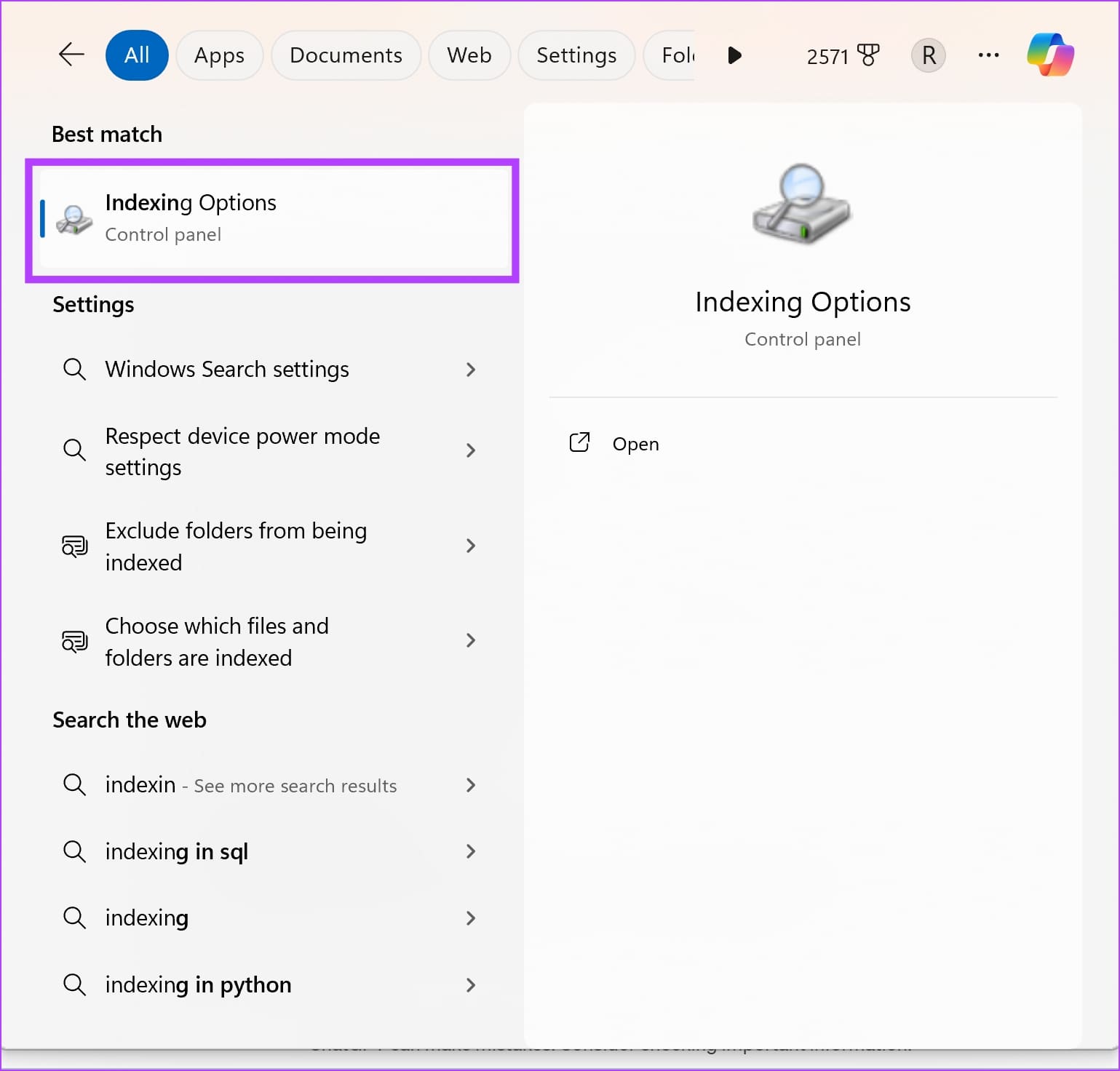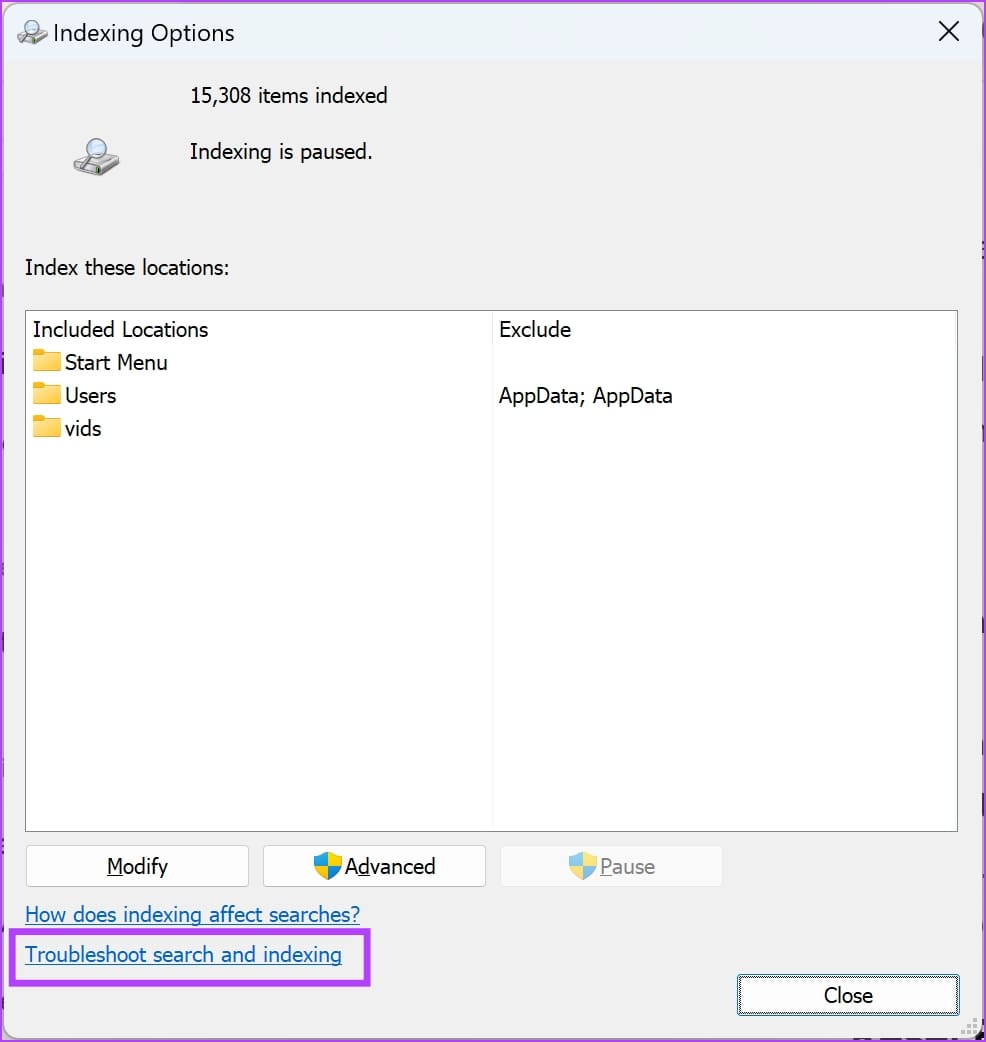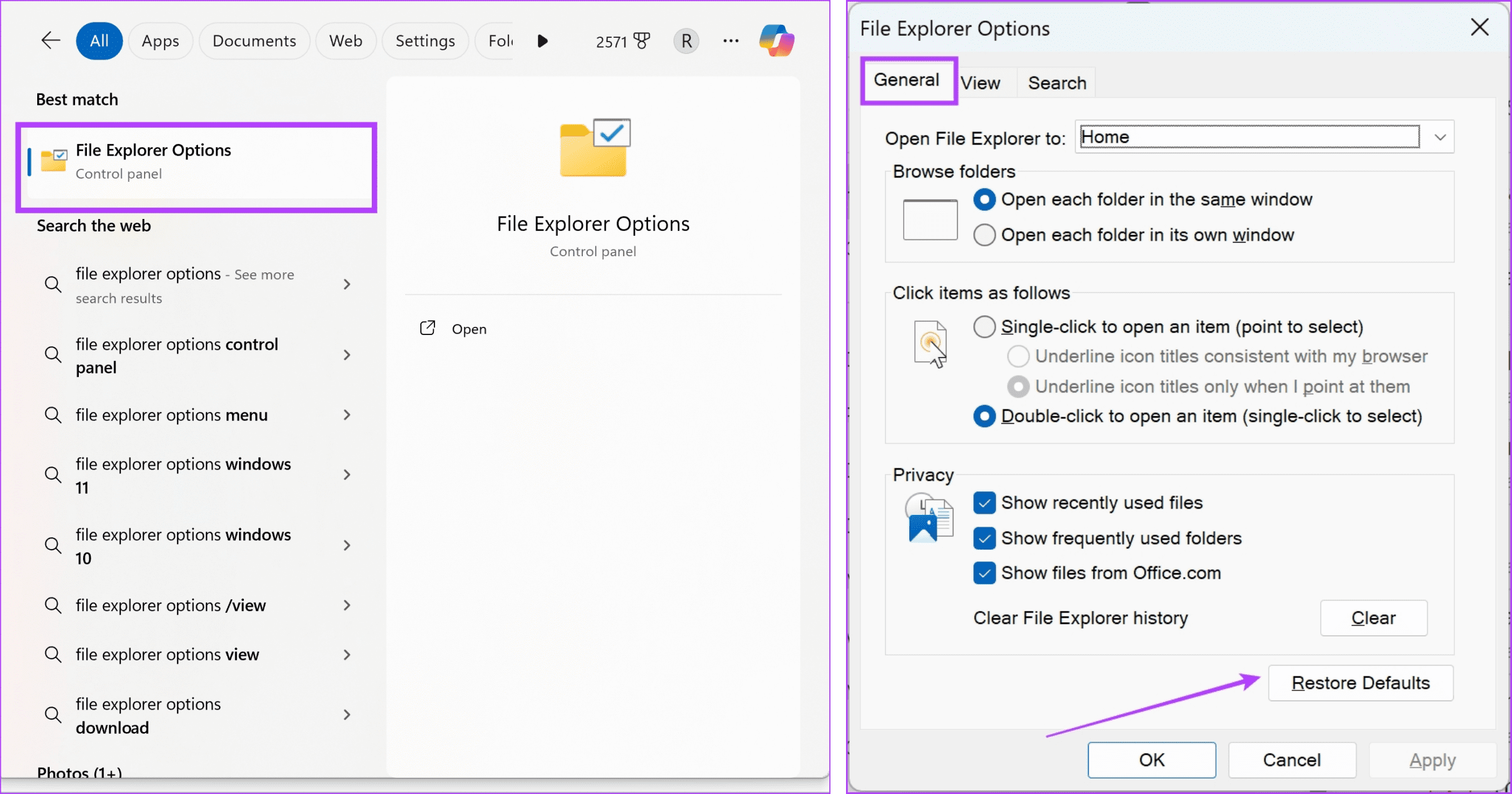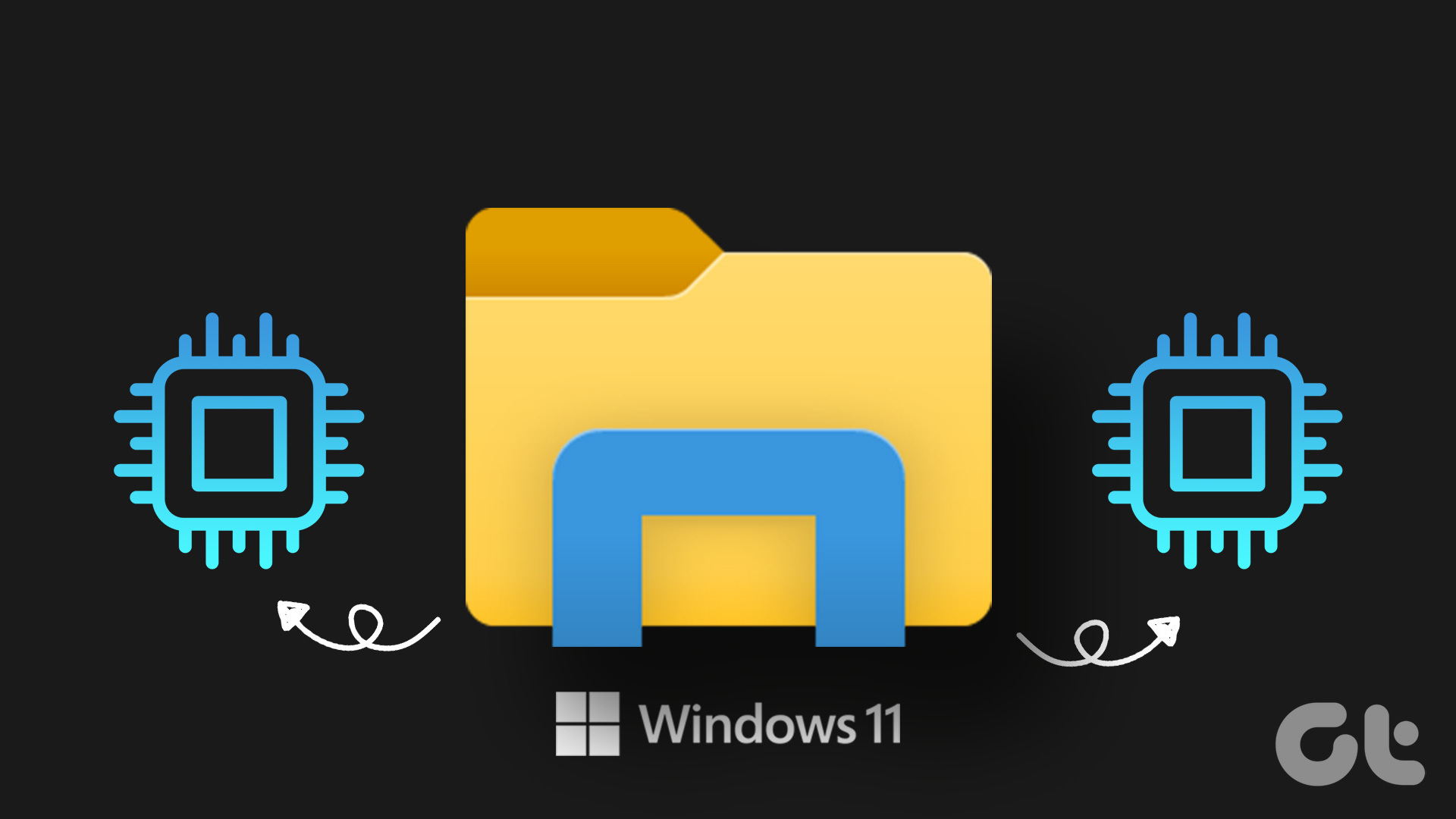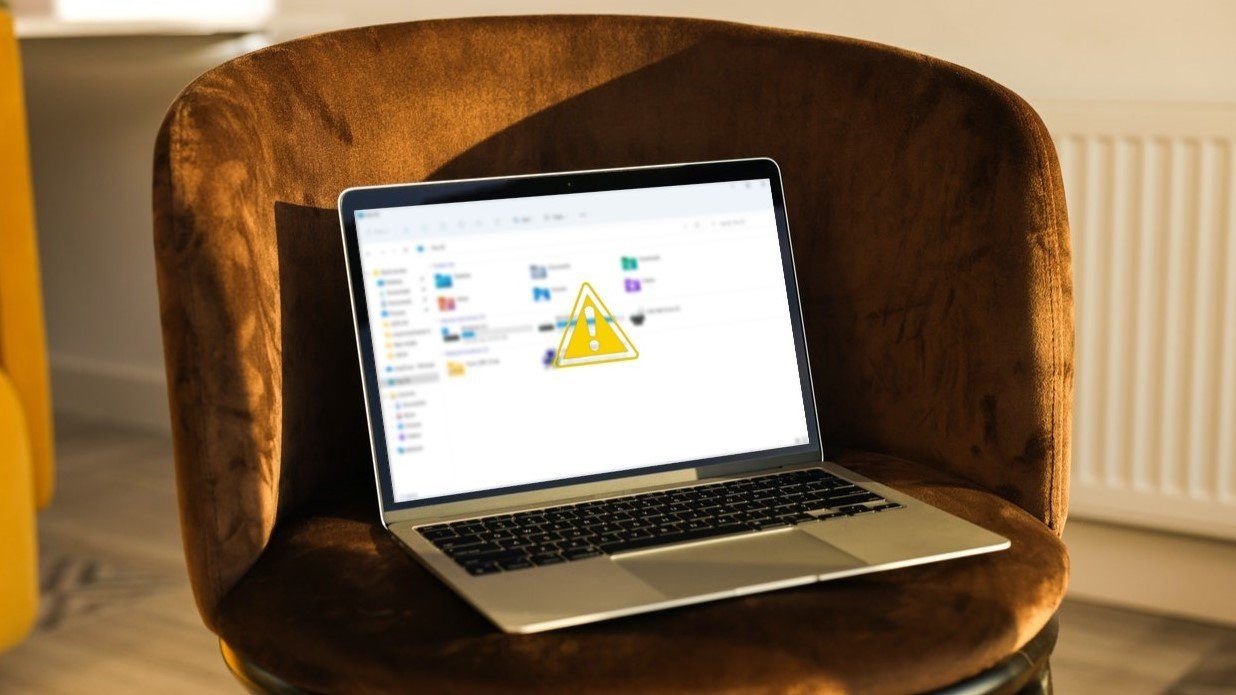Step 1:OpenTask Managerfrom the Start menu.
Or hitCtrl + Alt + Deland selectTask Manager.
Step 2:Scroll down to Windows Processes, and you will find the Windows Explorer process.Right-clickand selectRestart.
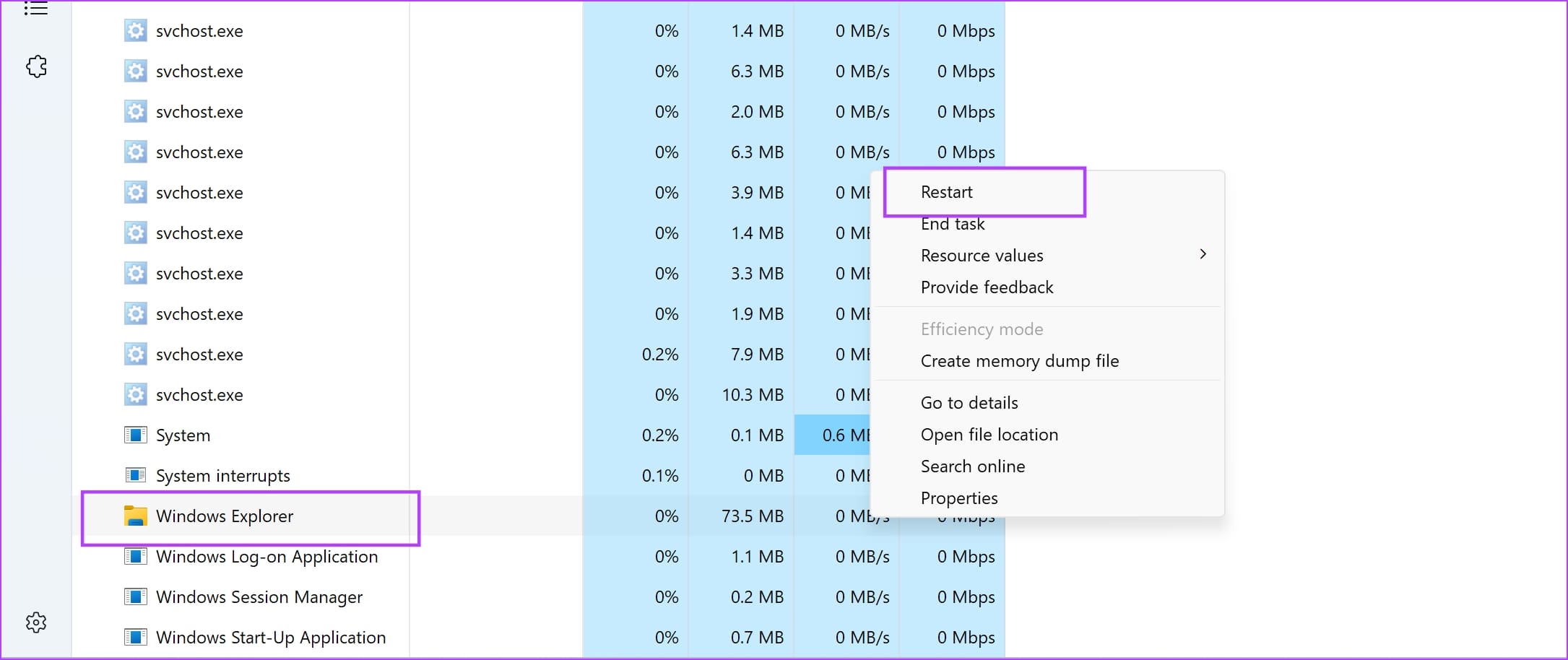
Alternatively, you might use the search bar to find the Windows Explorer process.
Right-choose the search result and select Restart.
Open theFile Explorer Optionsapp from the start menu.
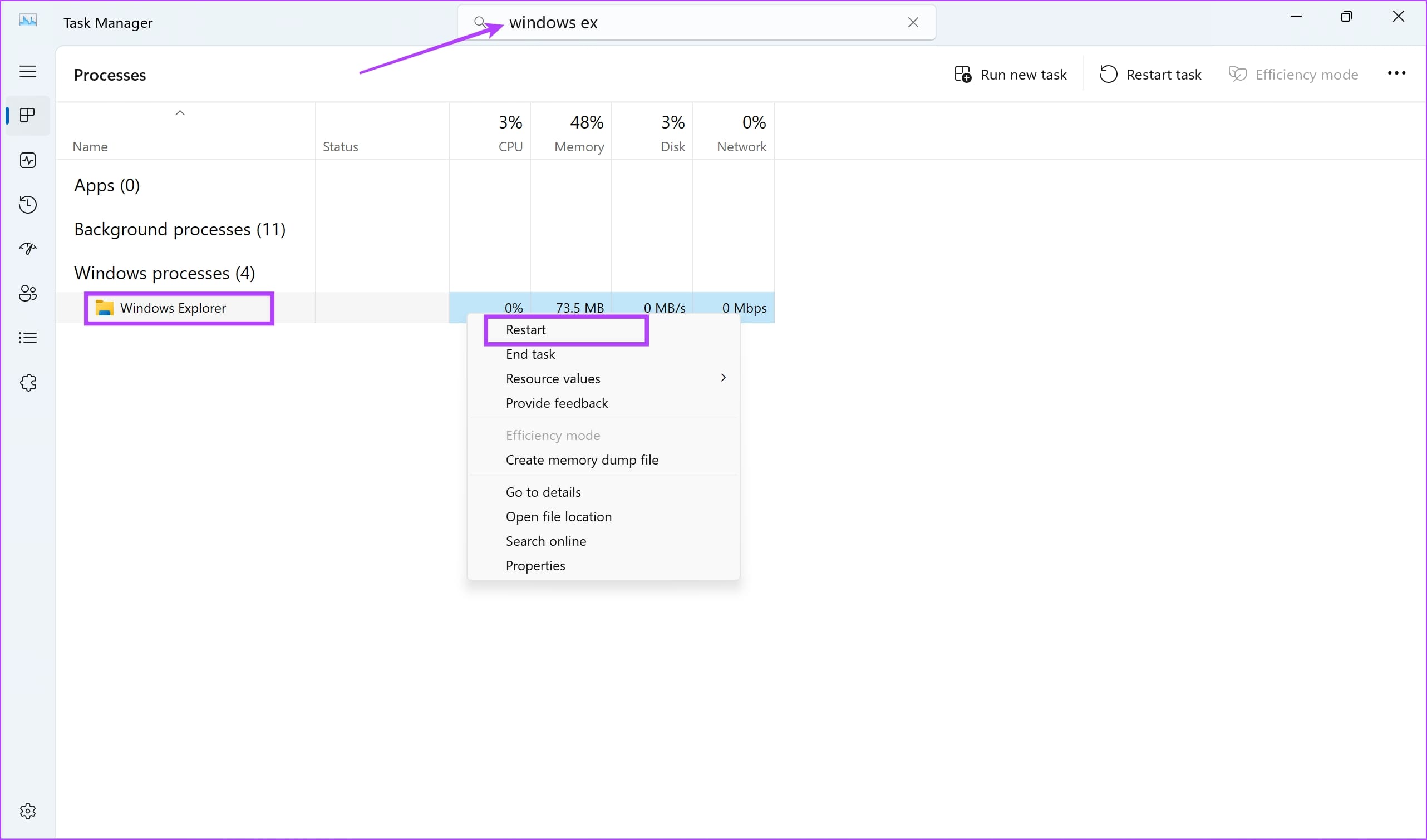
In theGeneraltab, select theclear buttonnext to Clear File Explorer History.
Fix 3: Add Folder Optimization controls
you could optimize a folder based on its contents.
This means Windows Explorer can handle the folder in specific ways to improve loading speeds and performance.
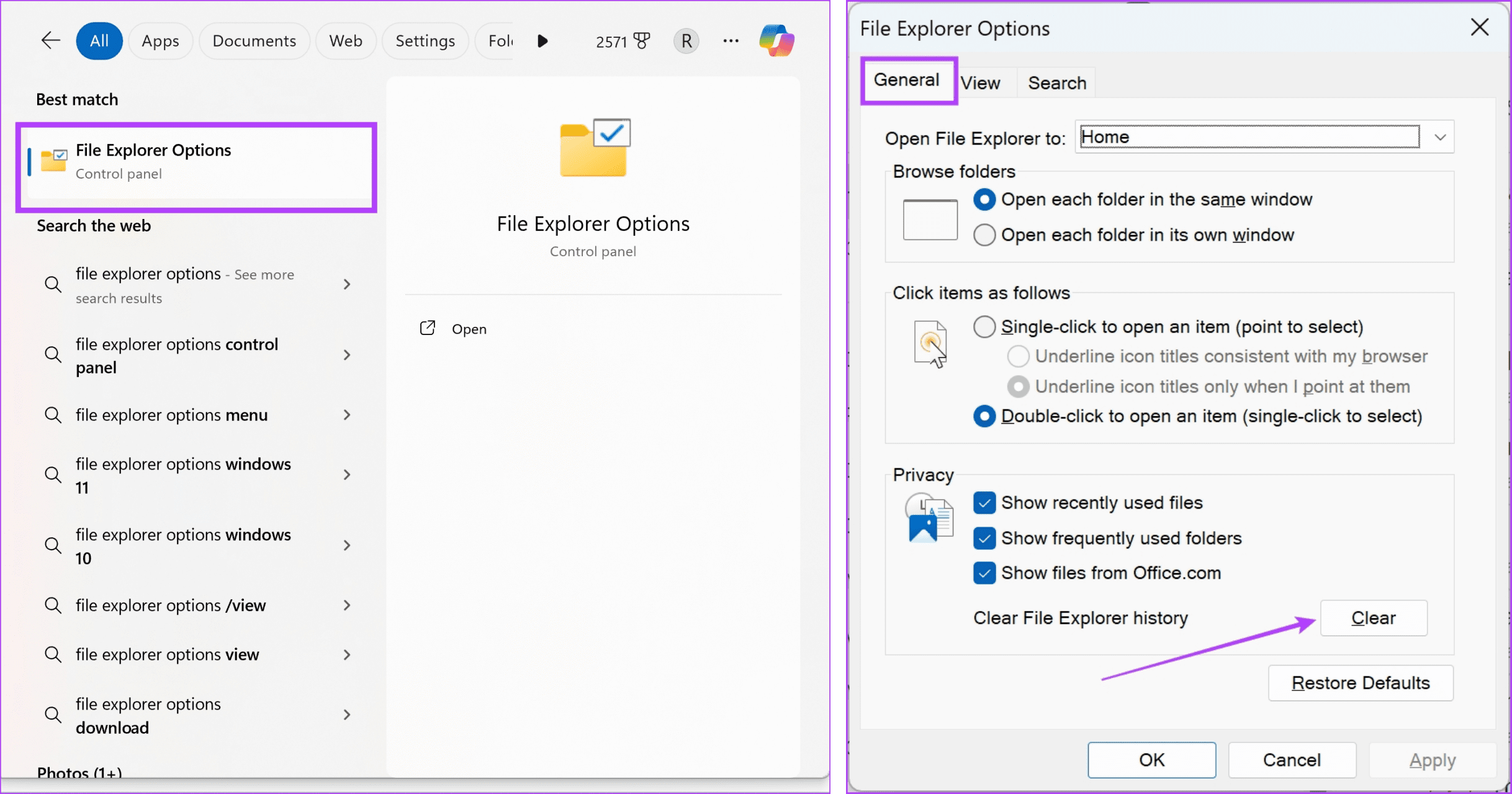
Step 1:Right-punch thefolderthat often loads slowly and selectproperties.
Go to theCustomize taband punch the drop-down menu under Optimize the folder for.
Step 2:grab the relevant option based on the pop in of content in the folder.
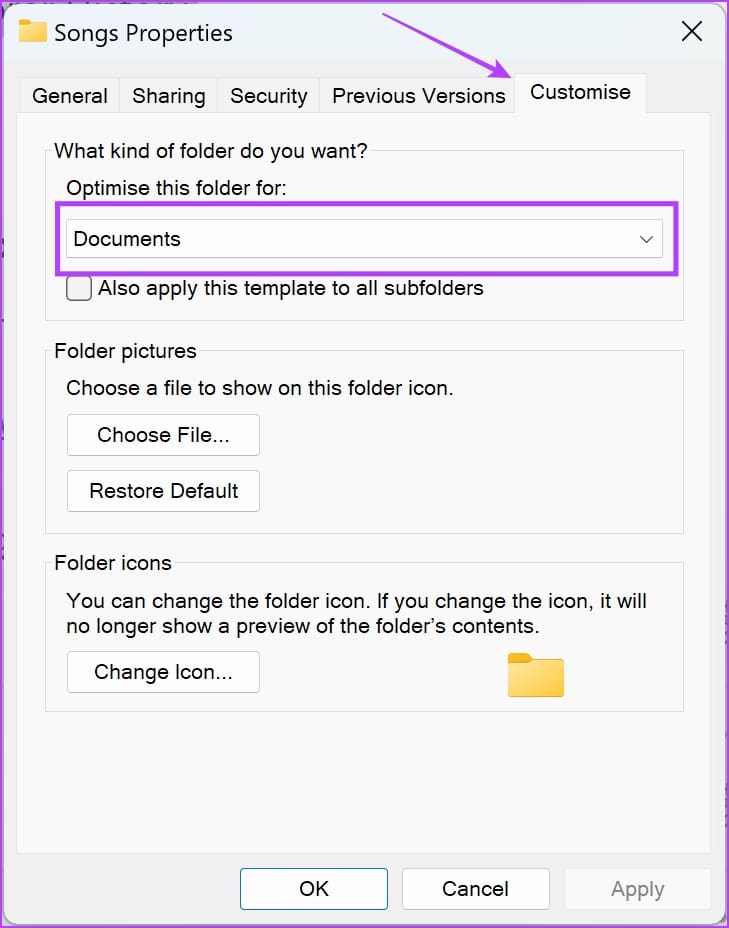
Click onOKto save changes and optimize the folder based on its contents.
Step 1:Open theIndexing Optionsapp from the Start menu.
Step 2:Click onTroubleshoot Search and Indexing.
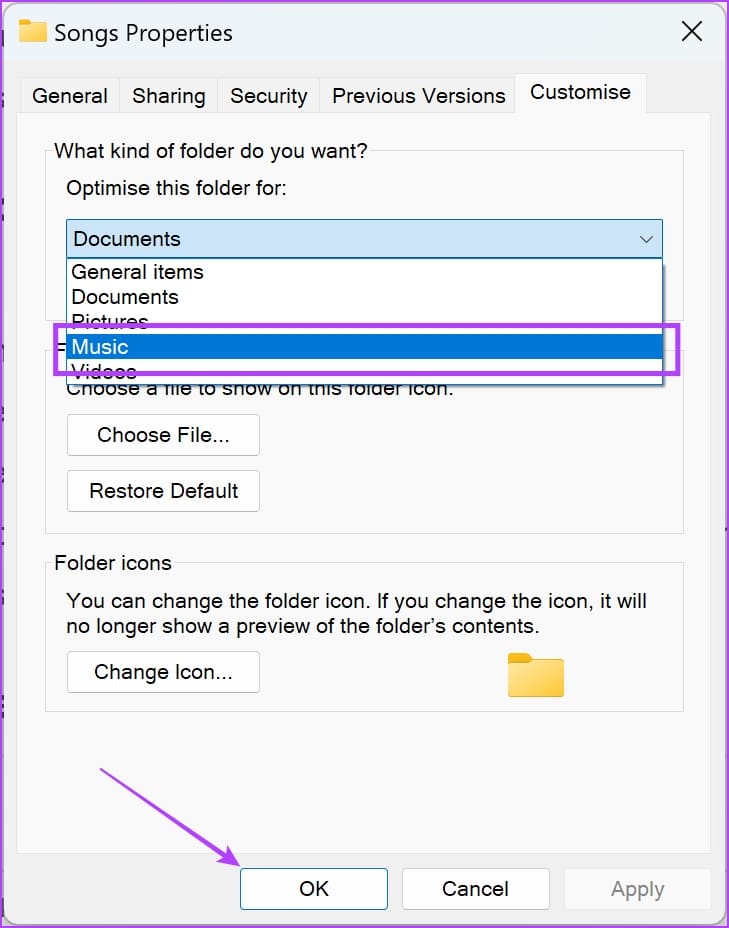
Open theFile Explorer Optionsapp from the Start menu > go toGeneral> click onRestore Defaults.
Was this helpful?
The content remains unbiased and authentic and will never affect our editorial integrity.
